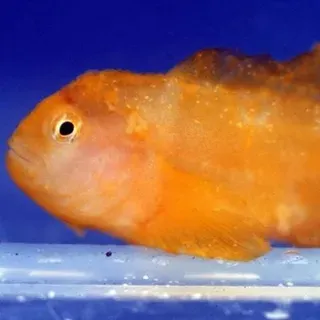Taking anything to the logical extreme will make it seem ridiculous.
Of course there’s more nuance than what you read as a guide from BRS or where ever. UV causes DNA breaks. Some breaks are bad for survival or reproduction, some aren’t. Many are in between, they are bad in certain combinations. So the more UV exposure the more likely to get the desired effect. It’s a LD50 (dose that causes 50% to die or be unable to reproduce), or LD75, or whatever. There’s no such thing as LD100, practically speaking. People arbitrarily decide what kill rate is the target, and that’s how they decide what the exposure in amount of UV light per surface area should be. Organisms also can fix the breaks at a certain rate, so you are better off delivering the dose in 1 session or a couple sessions than microdosing, but either can work. The other complication is that UV-C (the one we are talking about) doesn’t penetrate tissue well, so multicellular organisms like parasites need a higher dose to penetrate multiple layers.
The UV sterilizers generally get longer as they get stronger, so having 2 in series is almost exactly the same as 1 larger one of twice the wattage. It doesn’t matter if there’s a little tubing between them. Having them in parallel but both in the same chamber in the sump is very similar (but not exactly the same) since a lot of the water coming through will get the double dose as it does. Taking your extreme example of having very high water flow and having all the water go through the UV every hour could be effective, depending on how quickly different organisms take to fix DNA breaks, but it’s less practical.
Sorry to belabor the point, and ignoring the extreme version I said and instead the one about the roads, if the consideration is maximizing time the
stuff is exposed to UV light, the parallel and serial setup are the same then right?
Assuming all other things the same, if the water is flowing through at 300gph, it's going half as fast as 600gph. If it goes through a 1ft UV at half-speed, that's the same dwell time as going through 2x1ft at twice the speed. So it should be the same effect either way.
Going a step further, if what you're doing is splitting a 600gph input into 2-300gph inputs, then it should be the same effect either way how you plumb it up.
Code:
Pipe setup 1:
---------------------
| 300gph |
| --------------- |
| | | |
| | | |
---------- | | ----------
| |
600 gph | | 600gph
| |
---------- | | ----------
| | | |
| | | |
| --------------- |
| 300gph |
--------------------
Pipe setup 2:
------------------------------
600 gph
------------------------------
In both those setups the water takes the same amount of time to get from the left to the right overall, and any bit of water spends the same amount of time under light.
Also note here I'm not saying one is better than the other, but they're the same, as far as I can reason through (or math through).
Thinking of it differently, if I have a tub of 50 gallons of water connected to a 50gph pump, it doesn't matter how many parallel uv sterilizers I stick in there, it'll still take 1hr to empty the tub. If I have 1000 parallel pipes with uv sterilizers on it, you'd still get the same dwell time overall as having 1000 uv sterilizers in serial, because the water in each pipe needs to slow down proportional to the number of pipes.
Maybe chatgpt would be able to explain this better.
Edit: chatgpt link #1 which says go parallel, but I don't know that I believe it's full explanation:
https://chatgpt.com/s/t_687fcb569dd88191b85baa2f0e136eb4
I have a deepresearch version running too.


